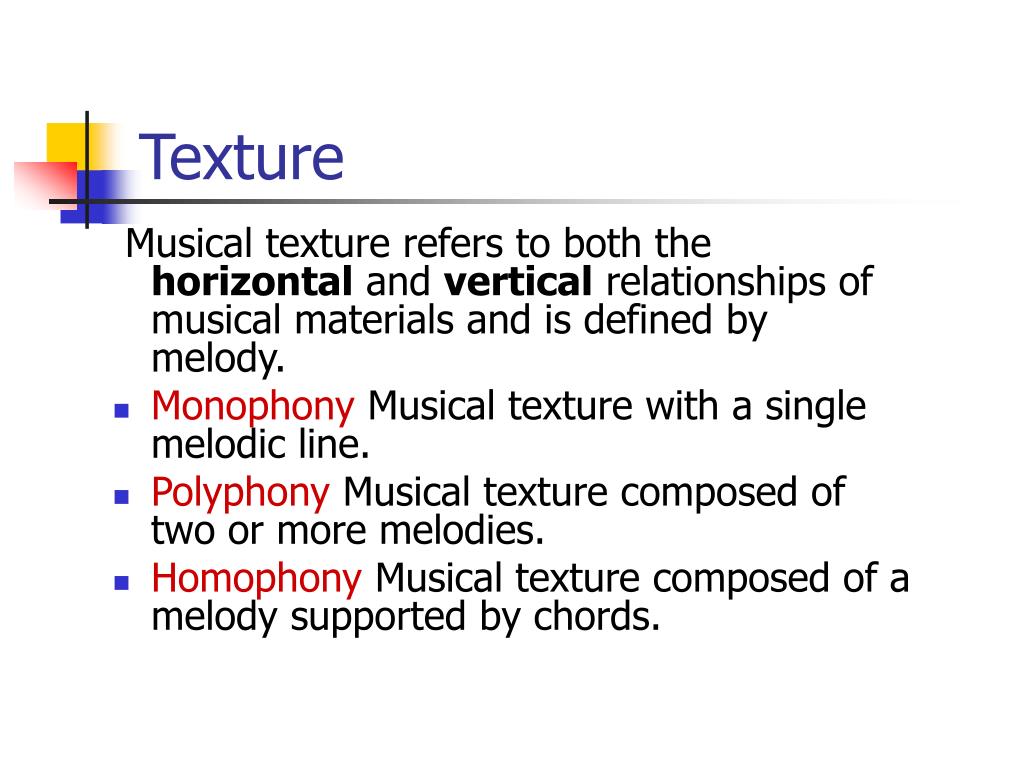

A slur should be written above or below the note heads for two or more notes assigned to a single syllable.ĩ. “Extended” lines are used for a one-syllable word or for the last syllable of a polysyllabic word that occurs with tied or slurred notes.Ĩ. Hyphens are used to separate syllables.ħ. Lyrics may include lowercase and uppercase letters or consist entirely of uppercase letters. Use seven- or eight-stave paper to allow for two or three sets of lyrics to be placed under each stave.ĥ. Improper alignment of lyric to melody is a common mistake that should be avoided, as shown here: Spacing of the music is determined by the length of words and syllables. Each syllable of the lyric should be placed directly under the note or notes to which it is sung. This is confusing to a player who must play the chord on the first beat.Ĥ. One of the most common errors is placing a chord in the middle of the bar when the chord is intended to be sounded for the entire measure. It may be necessary to approximate this if a melody note is not sung on the exact rhythm.

Chord symbols should appear directly over the beat or part of the beat on which they are played. If a section of a song is repeated and some melodic rhythms and pitches are slightly altered (as often happens in verse sections), cue notes should be written for these deviations.ģ. Notes and rhythms that are purely embellishments need not appear on the lead sheet.Ģ. The melody should be notated in a clear-cut but accurate fashion in the treble clef. The following guidelines for leadsheet writing are given to help eliminate the usual errors.ġ. The lead sheet solely contains the melody, the lyric, and the harmony notated with chord symbols. Harmonic voicings, texture, and orchestration are not found in lead sheets. The lead sheet format reflects the importance of the melody. Is the vocal range of the song too great? Does the range within a section of the song change too quickly?The range of the average pop vocalist is as follows: The Lead Sheet Does the vocalist have time to breathe between phrases? Is the phrase so long that it doesn’t allow the singer to breathe?ģ. How disjunct is the melody? Too many intervallic leaps can cause the melody to be difficult or impossible to sing.Ģ. The following are to be considered when writing for the voice:ġ. Much of melody writing done for instruments, especially for the piano, is difficult or impossible to sing. It is absolutely essential to the craft of songwriting that the writer sing the melody, feel it in the voice, reach for the high notes, and focus on experiencing the relationship between the lyric and the melody. It is usually the intervallic leaps, however, that give a melody character and cause the melody to assume more of a memorable profile.Ĭonjunct motion produces a smooth vocal lineĭisjunct motion is more difficult to sing.Ĭonjunct and disjunct motion, working together, usually produce a good result. Most vocal melodies consist of conjunct motion, which is the most natural and comfortable to sing. There are two types of melodic motion: conjunct motion, which proceeds by step from one scale degree to the next (i.e., by the interval of a 2nd) and disjunct motion, which proceeds by leap (i.e., by intervals larger than a 2nd).Ī melody assumes character by a number of means: its rhythmic structure, its contour, its tonal makeup, and its intervallic content. Conjunct and Disjunct Melodic Motion: What Does it Mean? In the following example, phrase 1 and phrase 2 group together to form a longer phrase phrase 3 and phrase 4 group together to form a longer phrase. Short phrases usually group together to form a longer phrase. A melodic phrase usually defines itself by resting or holding or coming to some point of resolution (rhythmically and/or tonally) and, especially in vocal music, is directly related to the natural areas to breathe. Melodic PhraseĪ melodic phrase, much like a sentence or clause in verbal language, usually encompasses a complete musical statement. The melody is usually the most memorable aspect of a song, the one the listener remembers and is able to perform. Melody is a succession of pitches in rhythm. The two basic elements of music that define melody are pitch and rhythm. The following is excerpted from Chapter 1 of Melody in Songwriting: Tools and Techniques for Writing Hit Songs by Jack Perricone, published by Berklee Press.


 0 kommentar(er)
0 kommentar(er)
